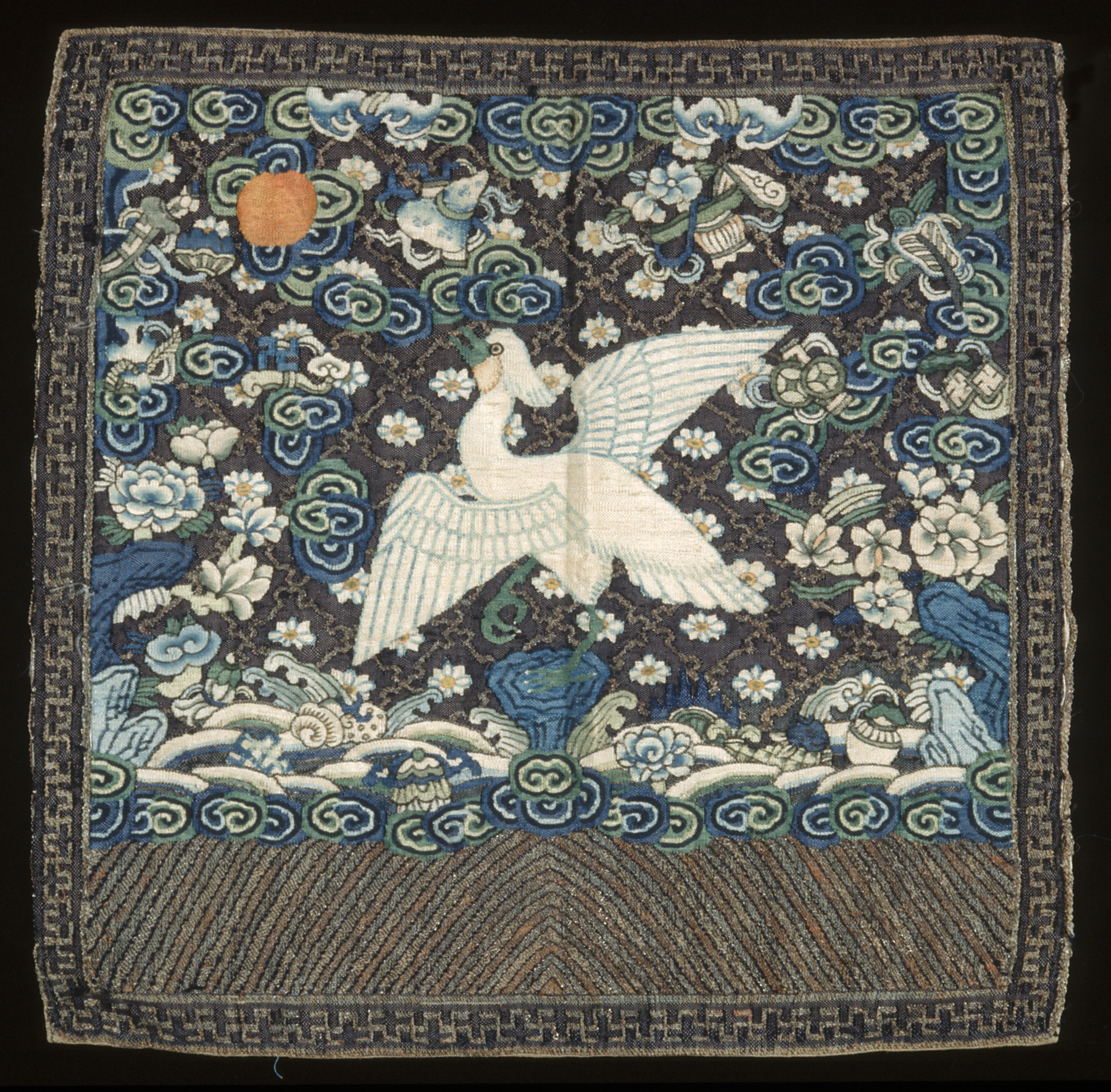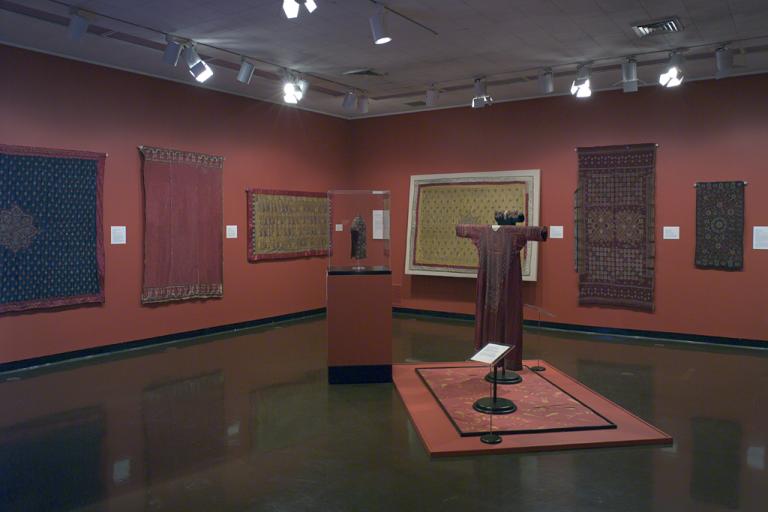egret rank badge, unknown maker from China
Artwork Overview
egret rank badge
, 1800s or 1900s, Qing dynasty (1644–1911)
Portfolio/Series title: one of a pair
Where object was made: China
Material/technique: silver thread; silk; ink; gold thread
Dimensions:
Object Height/Width (Height x Width): 29.2 x 30.5 cm
Object Height/Width (Height x Width): 11 1/2 x 12 in
Object Height/Width (Height x Width): 29.2 x 30.5 cm
Object Height/Width (Height x Width): 11 1/2 x 12 in
Credit line: William Bridges Thayer Memorial
Accession number: 1928.0048
Not on display
If you wish to reproduce this image, please submit an image request

